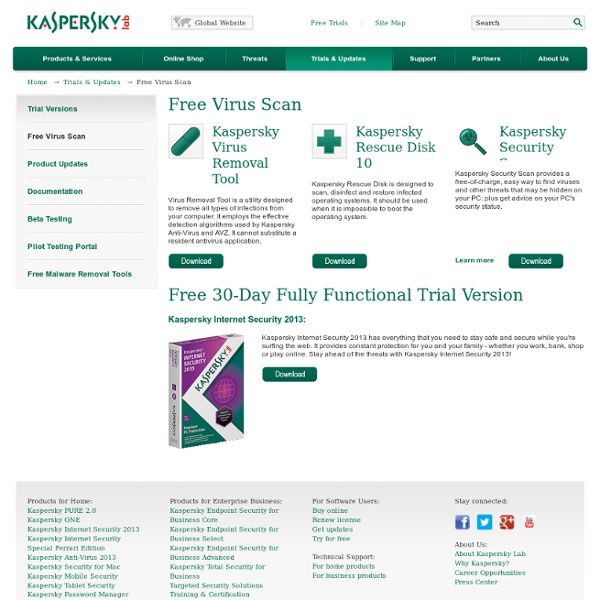



O'Reilly -- What Is Web 2.0 by Tim O'Reilly 09/30/2005 Oct. 2009: Tim O'Reilly and John Battelle answer the question of "What's next for Web 2.0?" in Web Squared: Web 2.0 Five Years On. The bursting of the dot-com bubble in the fall of 2001 marked a turning point for the web. Many people concluded that the web was overhyped, when in fact bubbles and consequent shakeouts appear to be a common feature of all technological revolutions. Shakeouts typically mark the point at which an ascendant technology is ready to take its place at center stage. The concept of "Web 2.0" began with a conference brainstorming session between O'Reilly and MediaLive International. In the year and a half since, the term "Web 2.0" has clearly taken hold, with more than 9.5 million citations in Google. This article is an attempt to clarify just what we mean by Web 2.0. In our initial brainstorming, we formulated our sense of Web 2.0 by example: The list went on and on. 1. Netscape vs.
PC Flank Quick Test This test shows how vulnerable your computer is to various Internet threats. The test also determines if a Trojan horse has already infected your system and if your Web browser exposes personal information about you or your computer while you're web surfing. The test takes less than five minutes, and provides the following: Ports checkThis test scans your system for open ports that could be used in attacks against your computer. To start the test, click on "Start Test". To view overall statistics from the test results from other users’ computers, click on "Overall Stats". By clicking the "Start Test" button, you confirm your consent to the following: Your computer will be scanned and checked by our tests; The results of your test will remain confidential and will not be given to any third party; You agree not to hold PC Flank liable for any damages that may be caused to your computer or its contents as a result of your running this test;
Web Misunderstandards As I referenced in my last article, the benefits and characteristics of Web standards are not being effectively communicated to many who need to hear and learn about them. The result is that some understandably leap to inaccurate conclusions while gross mischaracterizations are allowed to fester among members of the design and development community. Arriving in my inbox this week was a response to my last article that clearly illustrates just how far off the mark many remain in understanding Web standards. Though I want to keep the author anonymous, I believe his mistaken sentiments can serve as a springboard for examining some specifics of Web standards and how design relates to the Web, as a medium. I believe that addressing the misconceptions held by one individual may allow us to clear things up for many. Here is the note I received this week, verbatim: “Frankly I think you're completely wrong about this. For those who aren’t familiar with them, let’s first define Web standards.
Spy Audit Open Source Templates | Free CSS and XHTML Website Templates